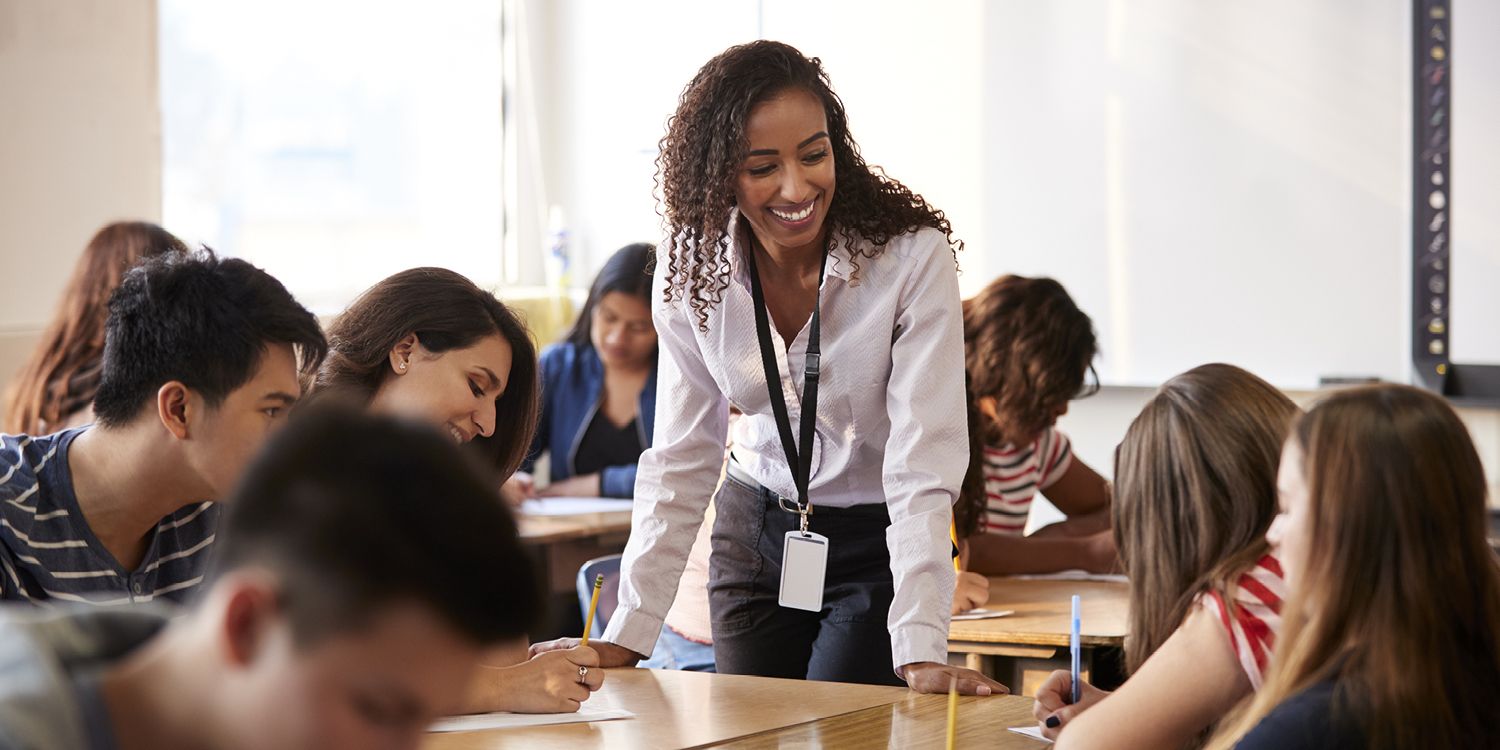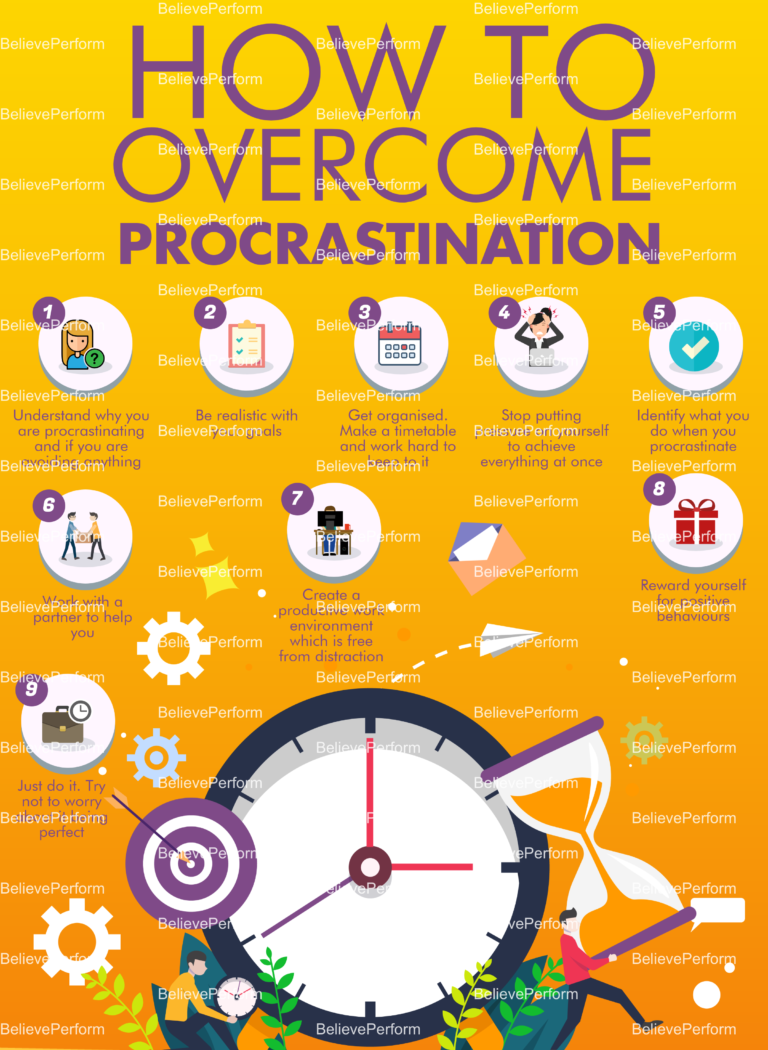Exploring Alternative Learning Methods: Beyond Traditional Classrooms
In an ever-evolving educational landscape, alternative learning methods have gained traction as effective means to engage students, cater to diverse learning styles, and enhance overall educational outcomes. Traditional classrooms, while still valuable, may not suit everyone. This article explores various alternative learning methods, their benefits, and how they can complement or even replace traditional educational approaches.
1. The Need for Alternative Learning Methods
The traditional education system, characterized by standardized curricula and lecture-based instruction, may not adequately meet the needs of all students. Factors such as varying learning styles, technological advancements, and the demand for practical skills necessitate exploring alternative methods that promote active engagement and personalized learning.
Challenges of Traditional Education
- One-Size-Fits-All Approach: Traditional classrooms often fail to accommodate diverse learning preferences.
- Passive Learning: Many students remain passive recipients of information, which can hinder retention and understanding.
- Limited Real-World Application: Students may struggle to see the relevance of theoretical knowledge to real-life scenarios.
2. Types of Alternative Learning Methods
2.1 Project-Based Learning
Project-Based Learning (PBL) emphasizes hands-on, real-world projects that require students to investigate and respond to complex questions or challenges.
Key Features:
- Students work in teams to solve problems.
- Learning is interdisciplinary, integrating multiple subjects.
- Assessment is based on project outcomes and presentations.
2.2 Experiential Learning
Experiential Learning focuses on learning through experience and reflection. This method encourages students to actively engage in their education by participating in activities that are directly relevant to their lives.
Key Components:
- Concrete Experience: Students engage in a hands-on activity.
- Reflective Observation: Students reflect on their experiences and observations.
- Abstract Conceptualization: Students develop theories or concepts based on their reflections.
- Active Experimentation: Students apply their learning in new situations.
2.3 Online and Blended Learning
With the rise of technology, online and blended learning environments have become increasingly popular. These methods combine traditional face-to-face instruction with online components.
Advantages:
- Flexibility in scheduling and location.
- Access to a wider range of resources and materials.
- Opportunities for personalized learning paths.
2.4 Montessori and Waldorf Education
Both Montessori and Waldorf education systems emphasize child-centered learning, focusing on individual growth and development.
- Montessori Education: Children learn at their own pace in mixed-age classrooms, engaging in hands-on activities and self-directed learning.
- Waldorf Education: This approach integrates arts and crafts into the curriculum, fostering creativity and imagination while providing a holistic education.
2.5 Flipped Classroom Model
In the flipped classroom model, traditional homework and in-class instruction are reversed. Students learn new content at home through videos or readings and engage in hands-on activities and discussions during class time.
Benefits:
- Promotes active learning during class.
- Allows teachers to provide personalized support.
- Encourages collaboration among students.
3. Benefits of Alternative Learning Methods
Enhanced Engagement
Alternative learning methods often involve active participation, which can lead to greater student engagement. When students are actively involved in their learning, they are more likely to retain information and develop a genuine interest in the subject matter.
Tailored Learning Experiences
Alternative methods can accommodate various learning styles and paces, allowing students to learn in ways that best suit them. This personalization can lead to better educational outcomes and increased student satisfaction.
Development of Critical Skills
Many alternative learning approaches emphasize critical thinking, problem-solving, and collaboration. These skills are essential for success in today’s complex world and are often overlooked in traditional educational settings.
Real-World Relevance
By focusing on practical, real-world applications, alternative learning methods help students understand the relevance of their studies. This connection can increase motivation and prepare students for future challenges.
4. Implementing Alternative Learning in Schools
4.1 Training Educators
To effectively implement alternative learning methods, educators must receive training and support. Professional development programs can help teachers adapt their instructional strategies and create an inclusive classroom environment.
4.2 Creating Flexible Learning Environments
Schools should consider redesigning physical spaces to support alternative learning approaches. Flexible seating arrangements, collaborative workspaces, and access to technology can enhance the learning experience.
4.3 Encouraging Community Involvement
Incorporating community resources, such as local organizations and businesses, can enrich alternative learning experiences. Collaborations can provide students with real-world projects and mentorship opportunities.
4.4 Assessing Progress
Assessment methods should align with alternative learning approaches. Instead of relying solely on standardized tests, educators can use portfolios, presentations, and peer evaluations to gauge student progress.
5. Conclusion
Alternative learning methods offer exciting opportunities to enhance educational experiences beyond traditional classrooms. By embracing project-based learning, experiential learning, online education, and other innovative approaches, educators can cater to diverse student needs and prepare them for a dynamic future.
As we continue to evolve our understanding of effective teaching and learning, it is essential to recognize the value of alternative methods in fostering engagement, critical thinking, and real-world relevance in education. The future of learning lies in flexibility, creativity, and the willingness to explore new horizons.






